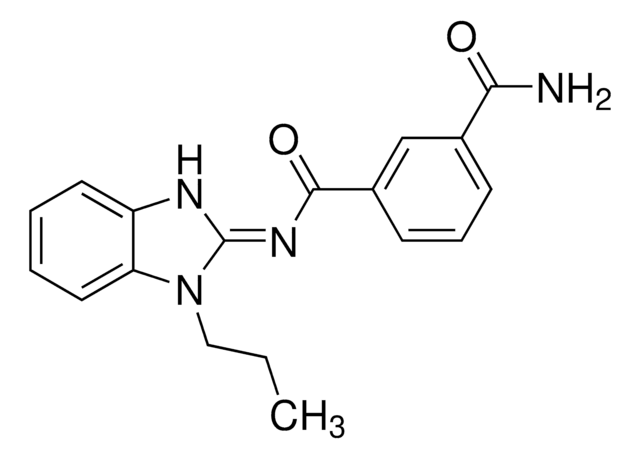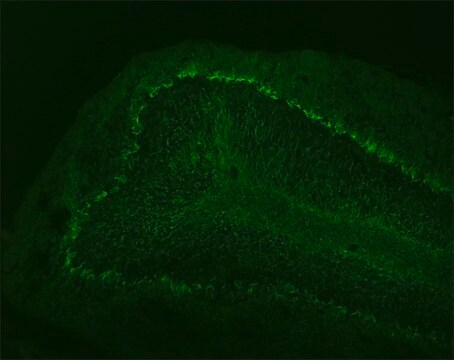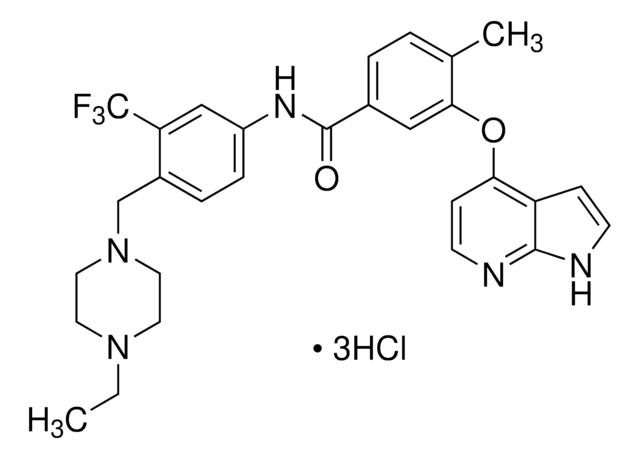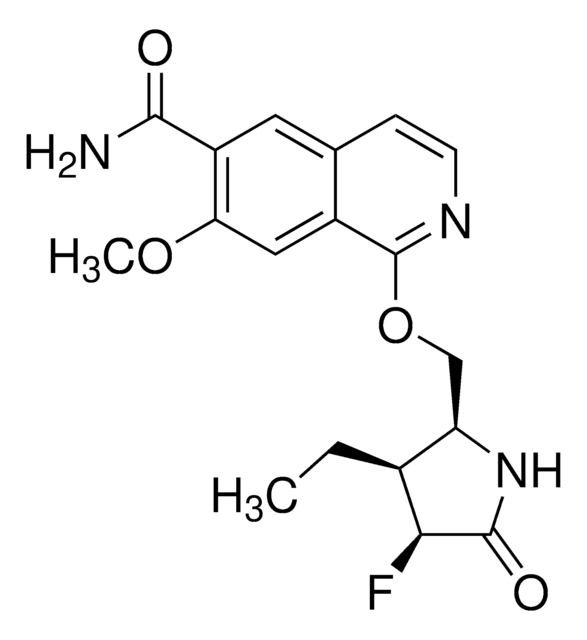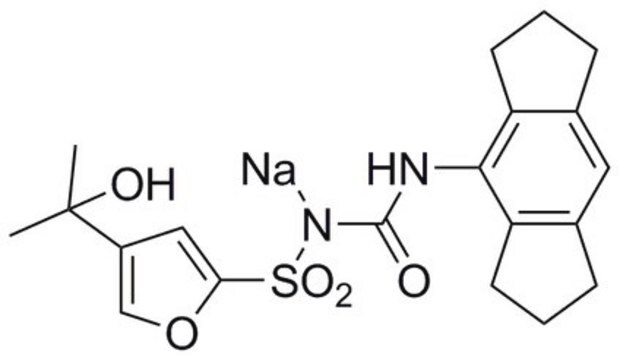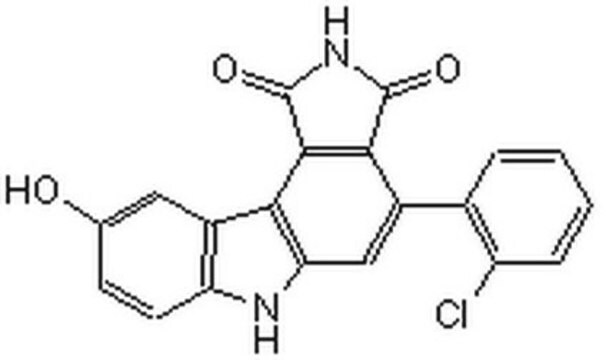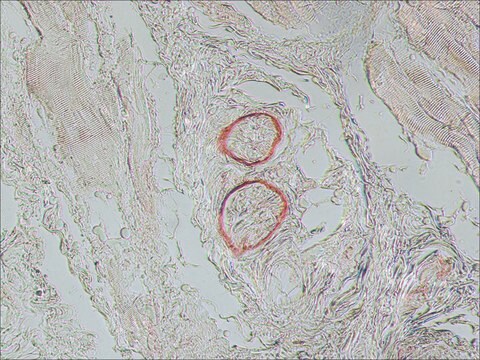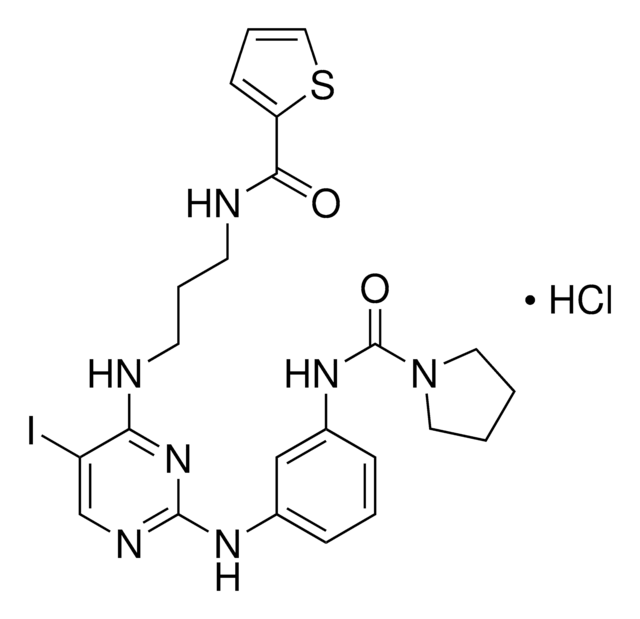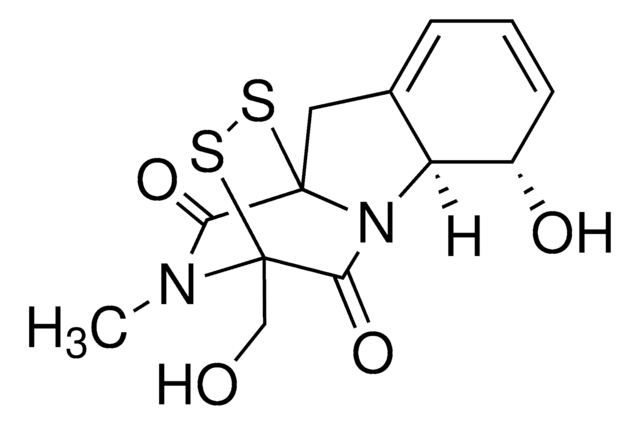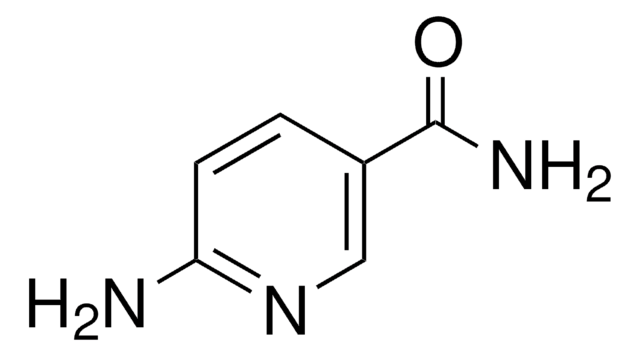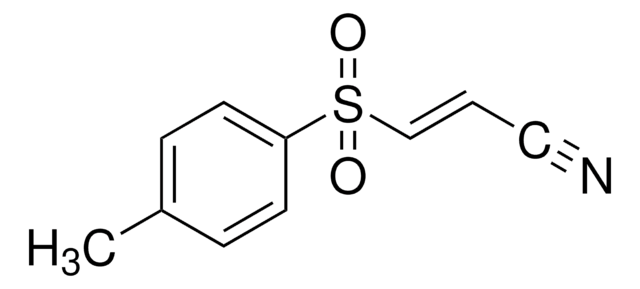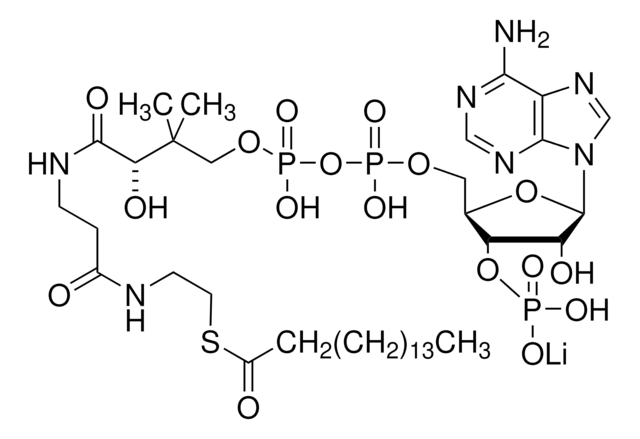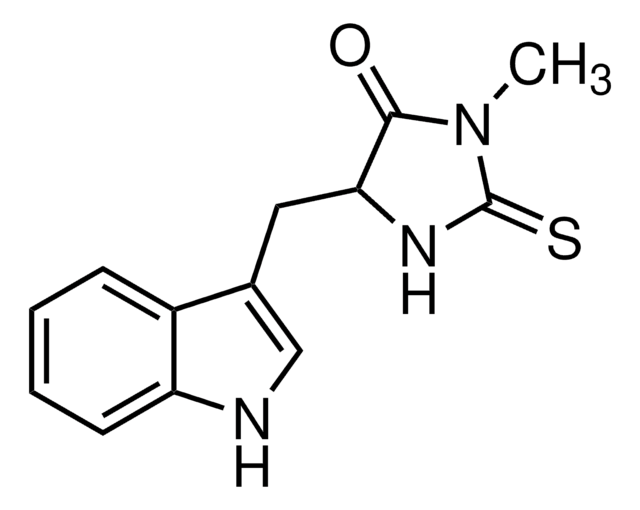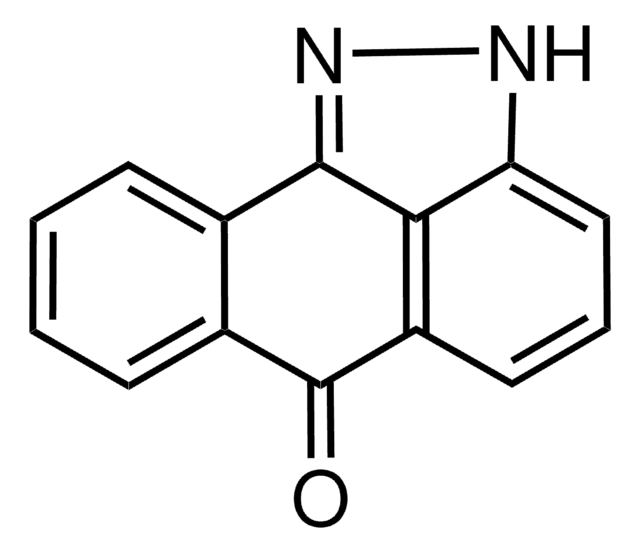O9890
5Z-7-Oxozeaenol
≥98% (HPLC), powder, TAK1 inhibitor
Sinónimos:
C 292, F 152, FR148083, L 783279, LL-Z1640-2
About This Item
Productos recomendados
Nombre del producto
5Z-7-Oxozeaenol, ≥98% (HPLC)
Nivel de calidad
Ensayo
≥98% (HPLC)
Formulario
powder
color
white to off-white
solubilidad
DMSO: >10 mg/mL
temp. de almacenamiento
2-8°C
cadena SMILES
COc1cc(O)c2C(=O)O[C@@H](C)CC=CC(=O)[C@@H](O)[C@@H](O)C\C=C\c2c1
InChI
1S/C19H22O7/c1-11-5-3-7-14(20)18(23)15(21)8-4-6-12-9-13(25-2)10-16(22)17(12)19(24)26-11/h3-4,6-7,9-11,15,18,21-23H,5,8H2,1-2H3/b6-4+,7-3-/t11-,15-,18+/m0/s1
Clave InChI
NEQZWEXWOFPKOT-BYRRXHGESA-N
Aplicación
- as transforming growth factor β-activated kinase 1 (TAK1) inhibitor to treat human colon cancer cells
- as TAK1-specific inhibitor to provide intraperitoneal injection to mice for aortic banding
- as TAK1 inhibitor to treat cells for luciferase reporter assay
- to test growth and differentiation factor 2 (GDF2)-mediated anoikis
Acciones bioquímicas o fisiológicas
Características y beneficios
Código de clase de almacenamiento
11 - Combustible Solids
Clase de riesgo para el agua (WGK)
WGK 3
Punto de inflamabilidad (°F)
Not applicable
Punto de inflamabilidad (°C)
Not applicable
Elija entre una de las versiones más recientes:
¿Ya tiene este producto?
Encuentre la documentación para los productos que ha comprado recientemente en la Biblioteca de documentos.
Los clientes también vieron
Artículos
The extracellular signal regulated kinase (ERK1 and ERK2) pathways are activated by mitogens and play an important role in controlling cell growth and differentiation.
The mitogen-activated protein kinase (MAPK) family consists of both stress activated (SAPK) and mitogen-activated (MAPK) protein kinases. They form a network of signal transduction cascades that mediate cellular responses to a diverse range of stimuli, including growth factors, chemical or osmotic stress, irradiation, bacterial infection and proinflammatory cytokines.
Nuestro equipo de científicos tiene experiencia en todas las áreas de investigación: Ciencias de la vida, Ciencia de los materiales, Síntesis química, Cromatografía, Analítica y muchas otras.
Póngase en contacto con el Servicio técnico
